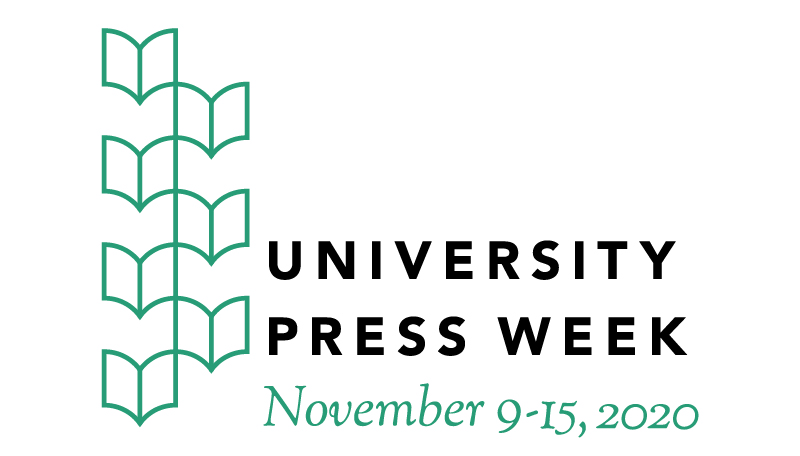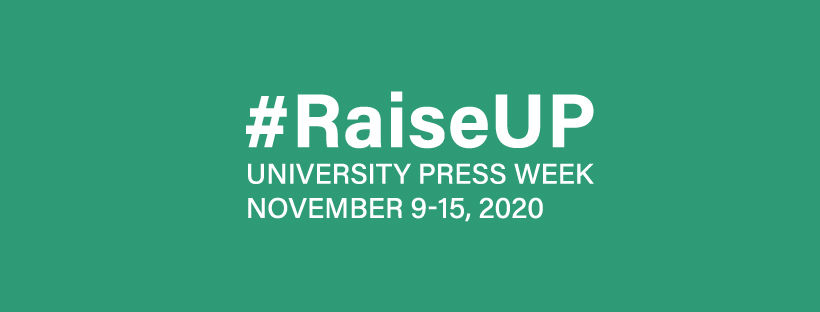This week in North Philly Notes, the coauthors of Do Right by Me talk about how they developed their book-length conversation about how to best raise Black children in white communities.

Is Do Right by Me just for white parents of black children?
Both: No, the book is useful not only for white adoptive parents of black children but also for anyone engaged in parenting and nurturing black children, including black or interracial families of origin. Do Right by Me also provides insights and tools to a broad audience of social scientists, child and family counselors, community organizations, and other educators who engage issues of transracial adoption or child development or who explore current experiences in the areas of social justice and institutionalized racism. All readers will learn how race impacts the way the world interacts with a black child, and the way they as adults can provide all black children with the knowledge and awareness to resiliently face these challenges.
Do Right by Me is designed to “orient parents and other community members to the ways race and racism will affect a black child’s life, and despite that, how to raise and nurture healthy and happy children.” It’s less a “how to” and more of “what to know or learn.” Can you explain your approach?
Katie: My husband Mike and I are white, and we adopted a beautiful biracial boy at birth in 2011. It was clear to us that white parents of black children want to parent well but have real questions and concerns about racism, culture, and identity. Unlike parents who buy into a “color-blind” or “post-racial” ideology, Mike and I had to confront head-on the reality that we would need to equip our biracial son for an experience far more complex than anything we had experienced. Do Right by Me is designed as a back and forth exchange between Val and me. Val has a doctorate in African American studies and lived experiences as a black woman. We engage the world through the lens of our experience, informed by our professional lives as educators. Each chapter includes a story from our personal experience supported by research and offer practical tips to put ideas into action.
How important are cross-racial relationships to a better understanding of what’s happening in America now?
Both: Dialogue about racism can be difficult and benefits from a knowledge of history, as well as a vocabulary of ideas and practice. Essential to the task is an understanding of racism and how systems continue to perpetuate privileges and disadvantages that black people have to navigate in ways that white people may never have had to. The safety and security of a 20-year friendship allowed us to have that difficult conversation.
You have known each other for 20 years. How did you become such good friends?
Val: Katie and I have worked together at Temple University for almost 20 years. What began as a professional relationship grew into a close friendship. We talk almost every day. We each were one of the handful of supporters sitting in the room as the other defended a doctoral dissertation. Katie was the person in the room taking notes as surgeons spoke too fast and with terminology too unfamiliar for me to fully grasp how they would remove the cancer from my body, but she got it all down. We share secrets. I am her lawyer, and she is my uncredentialed therapist.
How did you approach topics of black hair, the black church, and Gabe’s experiences playing on a soccer team where “no one looked like me”—that cause someone discomfort?
Both: We guide readers on this journey using both of our voices, each in turn. When one of us presents a new idea, the other will recall a scenario that shows how it works in real life; when one of us remembers a question she faced, the other will jump in with the research and insight to put it into perspective and help readers think through it.
There are discussions of the challenges race and racism present for a black child, particularly challenges related to self-esteem. Can you discuss your focus on this factor in a child’s life?
Both: The health and well-being of a black child depend on the extent to which they feel positively about being black. A poor sense of one’s self as a black person results in low self-esteem and hinders the academic and personal achievement of black children. Conversely, positive racial identity results in high self-esteem and academic performance, as well as a greater ability to navigate racism. If parents don’t work on constructing a positive Black self-identity for their children, our culture will construct a negative self-identity around their blackness for them.
You write throughout the book about the importance of developing a positive racial identity and cite that transracially adopted children often struggle to develop a positive racial/ethnic identity. Can you describe a few of the ways to do that and some of the pitfalls to avoid as you encourage readers to navigate the racism that is entrenched in American society?
Both: There are a number of forces at work that threaten positive identity in black children. One example is the creation and proliferation of negative images of black people. News reports exaggerate negative portrayals of black people, overrepresenting them in stories about poverty and crime and underrepresenting them in positive stories about their leadership, community involvement and family life. Shielding black children from negative and imbalanced messages while saturating them with positive and balanced counterimages have been found to be effective in building positive black identity and self-esteem while reducing the negative impact of racism on identity development.
Katie, I like that you explain that your worldview and cultural paradigm shifted after Gabriel. Can you talk about that process?
Katie: I was operating within a different cultural paradigm. One that was more Eurocentric and imposed upon its participants a notion that you are only good enough and have enough if you measure up to a predetermined set of standards, largely informed and dictated by the white people who designed them. And one that judged others as inferior in order to feel superior. Gabriel helped me see more clearly that the worldview and value system that I feel most at home in, is neither the only one available, nor the best. The mindset that I inherited certainly wasn’t doing me any good, and my desire to shift gears brought me the greatest gift of my life.
Do Right by Me includes info on “The Talk.” In the wake of the Black Lives Matter movement this summer, what observations (and optimism) do you have about social change and awareness?
Katie: If anything, this moment (the murder of George Floyd) may finally dispel the myth that we are living in a post-racial America. It is only now as a mother that I understand how very different it all was for me because of the color of my skin. My husband and I understand that our decisions and behaviors, that were read as assertive or a normal testing of boundaries, may be read as disorderly, defiant, or even threatening if we were not white. Our world does not give our son the privilege of acting like us, and it places the burden unfairly on him to manage how others feel about him.
Filed under: african american studies, american studies, cultural studies, Education, ethics, health, Philadelphia, race and ethnicity, racism, sociology, women's studies | Tagged: adoption, childhood, family, health, identity, parenting, race, racism, self-esteem, social justice, transracial adoption, white privilege, youth | Leave a comment »











